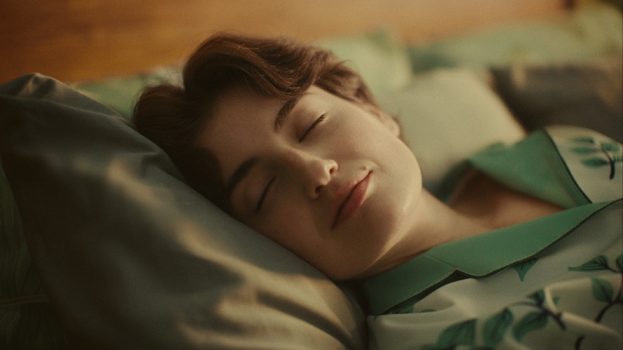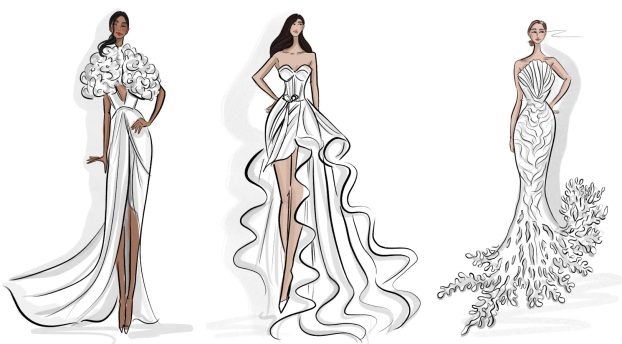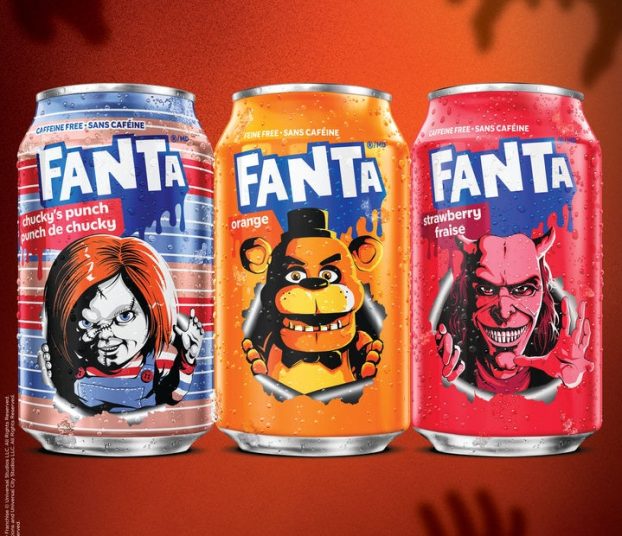Looking good never goes out of style, but a combination of factors is making the beauty category more profitable for marketers than ever.
Buyers say that aging image-conscious baby boomers, a roller-coaster economy and an influx of younger users are combining to create a very healthy outlook for the recession-proof health and beauty ad spend.
Mariam Hoosen, VP, media director at Toronto’s Starcom Worldwide, predicts an increase in ad spend for the sector by about 10% to 20% over the next few years, and Optimedia president Sunni Boot says the spend will grow by about 5% per year (about $10 to $12 million) over the next two to five years.
Hoosen says baby boomers are driving the increase because they are getting more concerned about looking older. ‘That particular category is outpacing all the others. Consumers within the baby boomer group are very receptive to the innovations the category is introducing.’ Hoosen adds that ad spend is directly related to sales, particularly for a category that sees so many new product launches.
‘When sales go up, the competition knows something is happening,’ says Hoosen. ‘You have to show some sort of support for new products.’
Toronto-based Boot adds that the health and beauty sector, which includes medicine, fragrance and cosmetics, already makes up the fourth largest advertised product group in Canada, ahead of food. Boot says health and beauty products have always been strong performers in the ad world, and they are poised for strong growth as well.
This growth would be on top of a recent 16% jump in health and beauty ad spend between the first six months of 2001 and the first six months of 2002, as measured by Nielsen Media Research (the spend was $189,449,700 during the first half of 2001 and $219,185,900 for the first half of 2002).
According to ACNielsen, from March of 2001 to March of this year, Canadians spent $32.3 million on nail colour, $138.1 million on fragrance and $346.5 million on cosmetics in drug stores alone.
‘The beauty industry, with its wide-ranging product lines, will continue to represent one of the largest revenue sectors for Canadian media,’ says Boot. In particular, Boot predicts growth of 8% to 10% in magazine ad spend, 6% to 7% in television and 20% in online spend. And with strong growth in magazine spending, Boot also predicts that new youth-oriented magazines, such as Elle Girl and Fashion 18, will thrive.
‘Using portraits of Canadians, we know that girls are getting older sooner, and while young girls have always had a fascination with makeup, the entry level for usage is getting permissibly younger,’ says Boot. ‘This group aspires to their favourite stars and want to ‘mirror a look.’ Price point and retail availability make shopping for makeup and hair products exciting and rewarding.’
Steve Boase, an analyst with J.C. Williams Group in Toronto, says the predicted ad spend increase makes sense. With the whole Canadian economy still doing surprisingly well compared to the U.S., people are spending more money. Since healthy and beauty product manufacturers are also performing well, he says, this should in turn increase the amount of money spent on advertising health and beauty products.
Boase says people in larger cities like Toronto, Montreal and Vancouver tend to spend the most money on health and beauty products. Those in the age group of 18-24, those with higher incomes and fashion-forward people are the most likely to spend their hard-earned cash on beauty care items.
The fact that the long-term economic forecast is unsettled isn’t a damper because the health and beauty category does well even in times of economic trouble. ‘There’s a little theory called the red lipstick theory,’ Boase says. People may opt for a smaller, luxury item such as a cosmetic, because even if a woman can’t afford that Chanel suit, they could certainly get the Chanel lipstick. ‘When the economy is in trouble, sales of lipstick go through the roof. People need a little sunshine, a cheap pick-me-up.’
Boot agrees that the beauty sector shines even during lulls in the economy. ‘The category is far less vulnerable to economic conditions that affect advertising spend in other categories,’ she says.
‘The status of employment, interest rates, stock market, and global conflict have little impact on a woman wishing to purchase a new colour lipstick, or a man looking for a new shampoo.’ Further, ‘depth of product line within each sub-segment, and their respective price points, ensure universal purchase, frequent consumption and a ubiquitous user benefit.’























